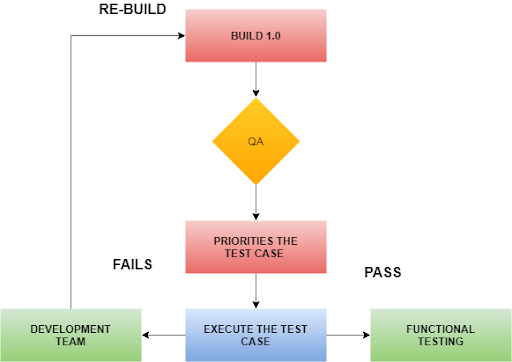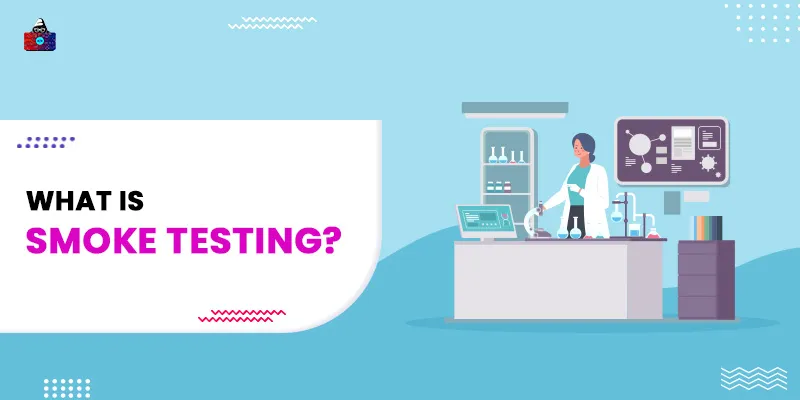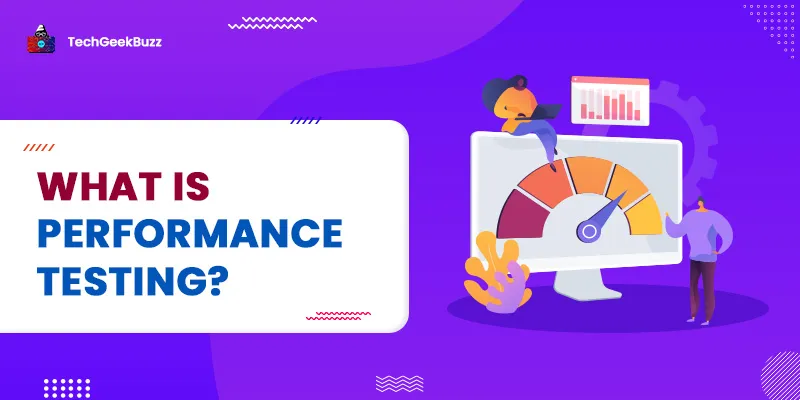Smoke testing refers to software testing for determining the stability of the deployed build. The main objective of this type of testing is to verify that the QA team can process further testing. This testing is a minimal set of tests run on every build. It is a method where the software build is used for the QA environment and is tested for ensuring the stability of the application. It is also known as Build Verification Testing and Confidence Testing. In smoke testing, testers verify that the essential feature is working and there are no issues in the build. In other words, it also refers to a mini or rapid regression test of significant functionality.
What is Smoke Testing?
It is an easy test that shows the product is completely ready for testing. It helps to determine if the build is flawed, and thus, testing it further will result in a waste of time and resources. Smoke testing must be performed on every build in software engineering without failure because it helps for finding errors in the early stages. Smoke test action is a final step before the software build registers the system stage. In
software engineering
, smoke tests should be performed on every build that is set to testing. Smoke tests apply to the new development and major or minor releases of a particular system. The QA team must ensure the correct build version of the application is under testing, and it should be done before performing smoke testing. It is an easy process that takes less time for testing the stability of the application. It helps to minimize test effort and can increase the quality of the application. Most importantly, it can be done manually or by automation, which depends on the client and the organization.

In smoke testing, the build covers all data files, reusable modules, libraries, and components that are needed for implementing one or more functions of the product.
Features
- It helps to identify the business-critical functionalities that satisfy the needs of a product.
- Designing and executing the basic functionalities of the application.
- It ensures that the smoke test passes each build to proceed with the testing.
- Smoke tests allow uncovering simple errors that save the time and effort of the testing team.
- The process of smoke testing can be manual as well as automated.
Objectives
- To detect any new defects in a software product.
- For demonstrating system stability.
- For ensuring conformance to specifications.
- To ensure that the critical functionalities of the program are working fine.
- For measuring the stability of the software product through performance testing tools .
- For testing the overall function of the software product.
Who Performs Smoke Testing?
QA engineers perform smoke testing after delivering the build to the QA environment. When there is a new build, the QA team determines the primary functionality to test in the application. QA team tests for showstoppers in a particular application that is under testing. Testing is done in the development environment on the code to ensure the correctness of the application before publishing the build. Also known as sanity testing, it defines the completion of the development stage and makes a choice to pass or not to pass the software product for further testing.
Process
It is usually done manually, but there is a possibility of achieving the same through automation. The approach can differ from organization to organization. So let's discuss this process in brief so that you can understand it easily.
1. Manual Smoke Testing
This approach varies as per the needs and processes in an organization. Smoke testing ensures the navigation of necessary paths is as required and does not hamper the functionality of the system or software product. After the build is deployed to QA, then high-priority functionality test cases are taken, and they are tested for finding the critical defects in a system. In case the test passes, then the tester proceeds with functional testing. However, if the test fails, then the build is rejected and shipped back to the development team for correction. To rectify the issues, the QA team starts a smoke test with the new build version. It is performed on the new build, and then it gets integrated with the old builds to maintain the correctness of the system. The QA team must check for the correct build versions before performing smoke testing.
2. Using Automation
Organizations usually use automation for regression testing, but sometimes the testing team can also use a set of automated test cases for running smoke tests. With automation tests, developers or testers can check the build quickly. Moreover, it also tells when a new build is ready for deployment. It verifies whether the major functionalities still work correctly. If the test fails, then they can improve the build and redeploy the build quickly. With this, testers can save time and guarantee to deploy a quality build to a QA environment. By using an automated tool, the test engineer records all of the manual steps that are performed in the software build.
Smoke Testing Cycle
The flowchart below illustrates the entire execution cycle of smoke tests. After the build is successfully deployed in QA, the testing process proceeds to functional testing. In case the smoke test fails, then the tester exits the testing process. The build is then handed over to the development team for fixing the issues. Once the build is rebuilt, it enters the testing process again.

Benefits
- It is simple to perform smoke tests.
- Imperfections are identified in the early stages of the software testing life cycle.
- It improves the nature of the framework.
- Diminishes the risk that software defects can have on the software product.
- The progress is simpler to get to.
- Spares test exertion and time.
- Smoke tests run rapidly.
- It limits combination risks.
Conclusion
A smoke test helps to determine the stability of the deployed build. The main objective of this form of testing is to verify that the QA team can proceed with further testing of the software product. This testing is a minimal set of tests run on every build. In this article, we discussed the overview, process, objectives, features, types, life cycle, and benefits of smoke testing.
People are also reading:



![What is Waterfall Model? [Phases, Pros, & Cons]](/media/new_post_images/Waterfall_Model.webp)

Leave a Comment on this Post